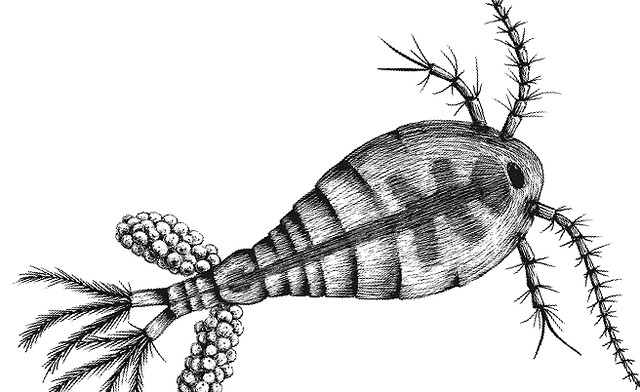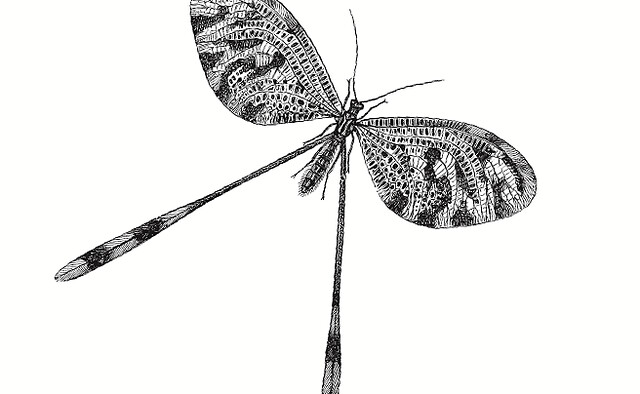O'Reilly Animals Starter Deck
2014 – (See Cards | Deck Info | Download – card backs)…
This deck includes a variety of organisms that are represented by various O’Reilly book covers and are also in various levels of endangerment. More information about the organisms and conservation work can be found at animals.oreilly.com/. The game consists of 41 different cards, encompassing a variety of organism and events.

Asian Paradise Flycatcher
Terpsiphone paradisi


7 POINTS
Play: Terpsiphone paradisi has a FLIGHT of 2
Fact: Terpsiphone paradisi catches its food on the wing, thanks in part to its quick reflexes and sharp eyesight.

Stovepipe Sponge
Aplysina archeri


2 POINTS
Fact: Aplysina archeri is a simple multicellular animal that feeds and breathes by filtering water.

Large Flying Fox
Pteropus vampyrus


6 POINTS
Play: Pteropus vampyrus has a FLIGHT of 2
Fact: Pteropus vampyrus is one of the largest bat species

Zooplankton
Copepoda subclass


2 POINTS
Play: Copepoda has a MOVE of 1
Fact: Copepoda live both in the sea and in freshwater habitats

Habitat Loss
Event Card
Play: Place this card on any SPECIES card.
Effect: The SPECIES card must be removed immediately. You may leave this card on the table to show that this location cannot be used anymore in the game.

Thread-winged Antlion
Nemoptera sinuata


2 POINTS
Play: Nemoptera sinuata has a MOVE of 2
Fact: Nemoptera sinuata undergoes a complete metamorphosis with egg, larval, pupal, and winged adult stages.